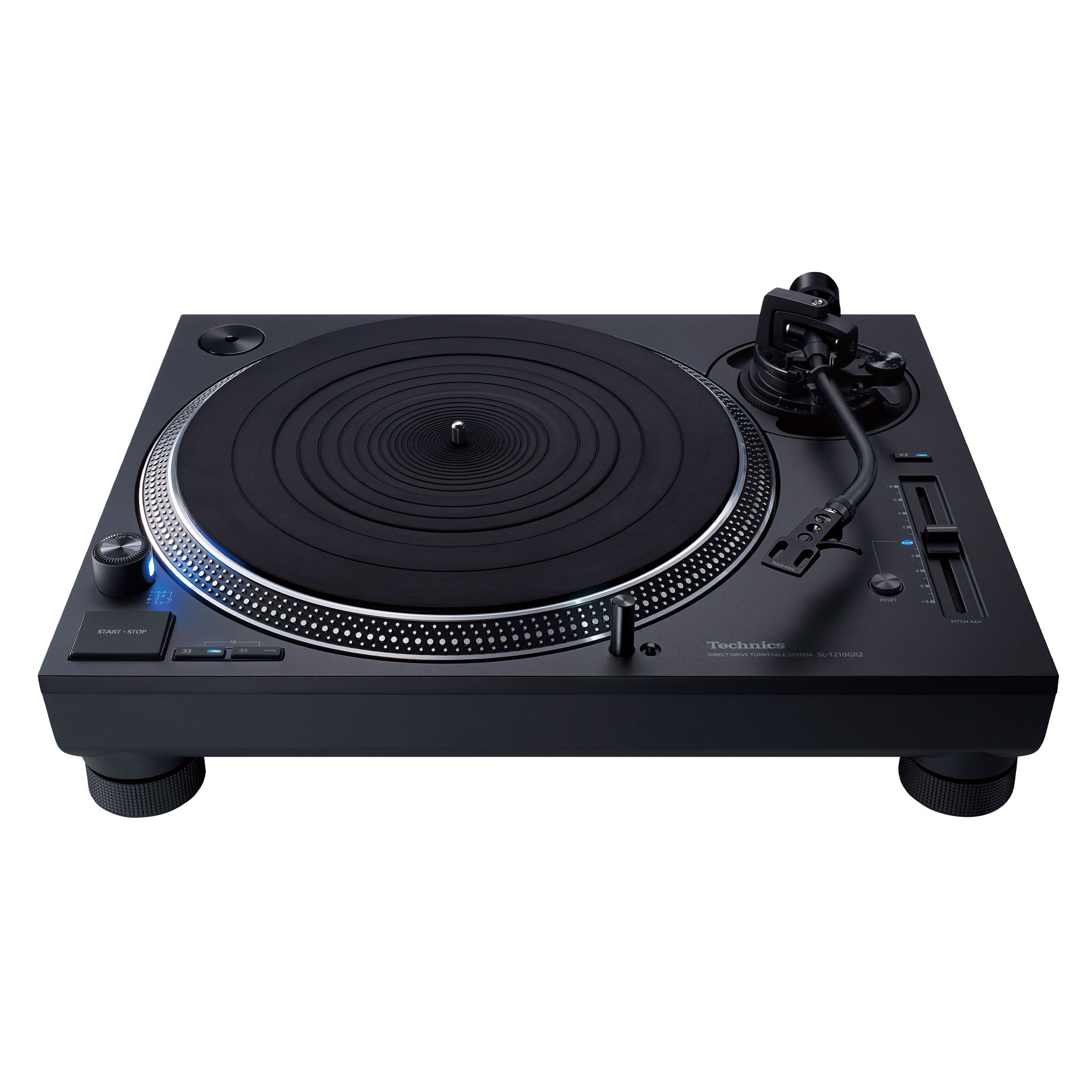The absence of damping seems a major missed opportunity - still KAB will do well with their aftermarket damper...
The KAB device is not what you'd call a precision instrument. But to be fair, it is not just the KAB; any outrigger silicone damping is going to have similar problems to the KAB.
First, damping provided by the silicone gunk will vary, depending upon the ambient temperature. The oil fits in an open trough and its viscosity will change, depending.
Second, there is no real indication of how much oil you should put in the trough, and how to calibrate the amount for a specific damping factor you might want. The instructions just advise to fill it about half-way, not too much and not too little. So the end-user is faced with a Goldilocks dilemma.
Third, the silicone may lose elasticity over time due to evaporation, and/or contamination. That is, the gunk will become thicker and the arm will lose its ability to pivot in a worse case.
Fourth, there is no way to defeat the device in order to make a resonance comparison between IN or OUT of the system. If I am not mistaken, some devices were hinged (I think the old SME and Micro paddles) and could easily be lifted out of the oil. You can't do that with the KAB. Once installed it stays put.
Fifth, it is relatively easy to install, but a mess to remove, because silicone gunk will spill all over the arm base. Not easy to clean up.
How do I know? I have one in a drawer somewhere.
I'm not saying the device may not be helpful for situations, but it is difficult to make comparisons, and the above should be taken into consideration if you are going to buy and install it. That said, for a 'tweak', the device is not particularly expensive, and is well machined, sits unobtrusively, and more or less matches the arm's color. Once installed it does not interfere with cuing.
Historical note: Technics arms from the '80s were more sophisticated than what they now offer. EPA 100/250/500 series arms featured integral counterweight damping (a combination of spring/oil/magnetic resistance--a more sophisticated application of the old Dual wobbly-bobbly counterweights on their 704/721 series record players).
In addition, the 250/500 series offered changeable arm wands allowing users to match cartridge compliance to arm mass. I suppose the tooling for that tech was long gone, and Panasonic didn't want to spend whatever dollars it would take to make it new.
The only downside I heard was that the 100 series used synthetic ruby ball bearings that were fragile and prone to cracking if mishandled.

 us.technics.com
us.technics.com

